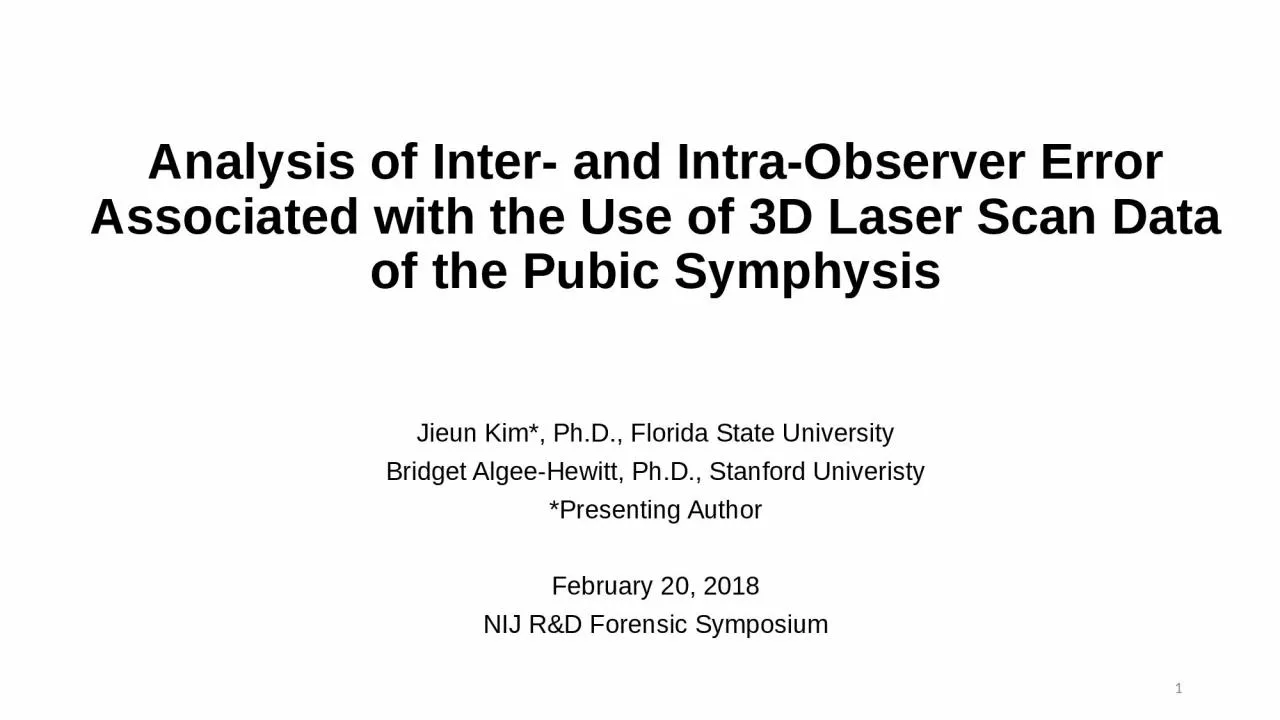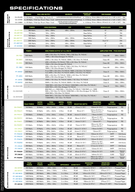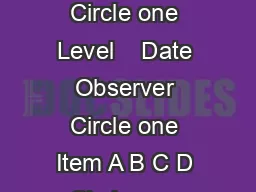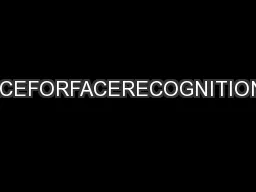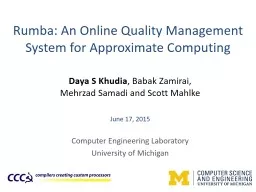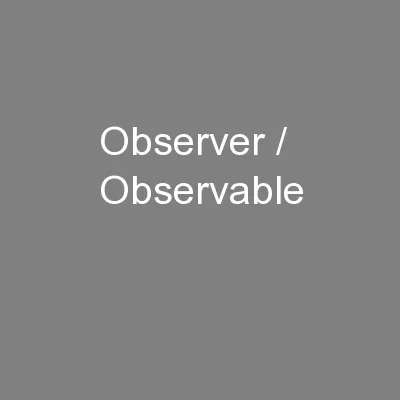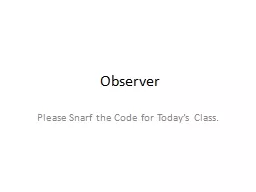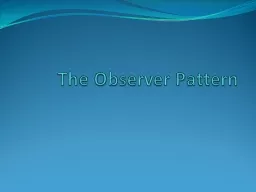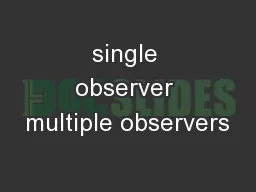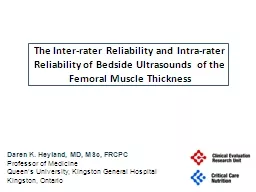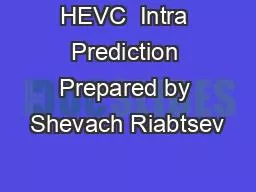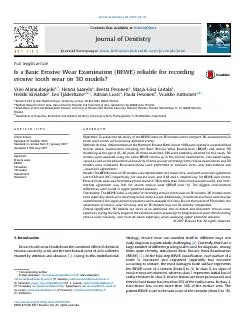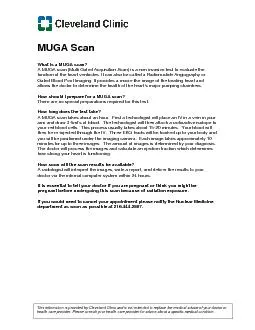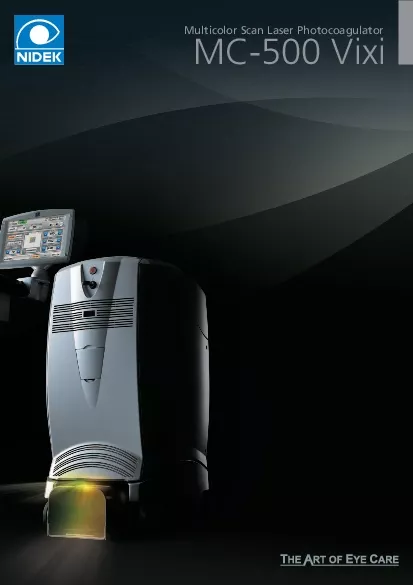PPT-Analysis of Inter- and Intra-Observer Error Associated with the Use of 3D Laser Scan Data
Author : KissesForYou | Published Date : 2022-08-03
Jieun Kim PhD Florida State University Bridget Algee Hewitt PhD Stanford Univeristy Presenting Author February 20 2018 NIJ RampD Forensic Symposium 1 Introduction
Presentation Embed Code
Download Presentation
Download Presentation The PPT/PDF document "Analysis of Inter- and Intra-Observer Er..." is the property of its rightful owner. Permission is granted to download and print the materials on this website for personal, non-commercial use only, and to display it on your personal computer provided you do not modify the materials and that you retain all copyright notices contained in the materials. By downloading content from our website, you accept the terms of this agreement.
Analysis of Inter- and Intra-Observer Error Associated with the Use of 3D Laser Scan Data: Transcript
Download Rules Of Document
"Analysis of Inter- and Intra-Observer Error Associated with the Use of 3D Laser Scan Data"The content belongs to its owner. You may download and print it for personal use, without modification, and keep all copyright notices. By downloading, you agree to these terms.
Related Documents

